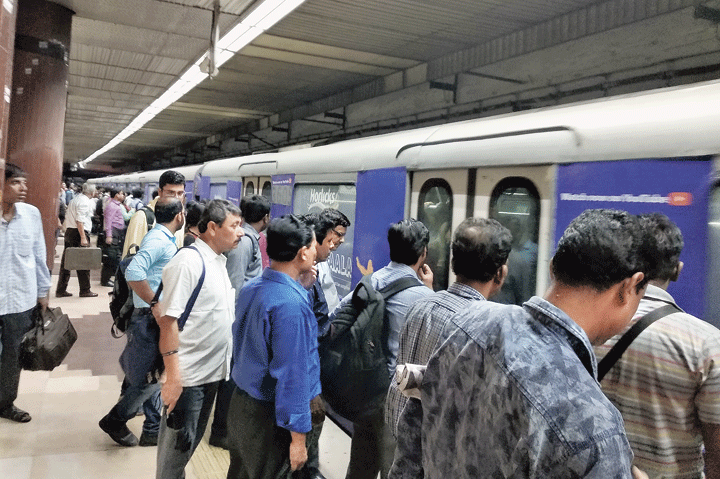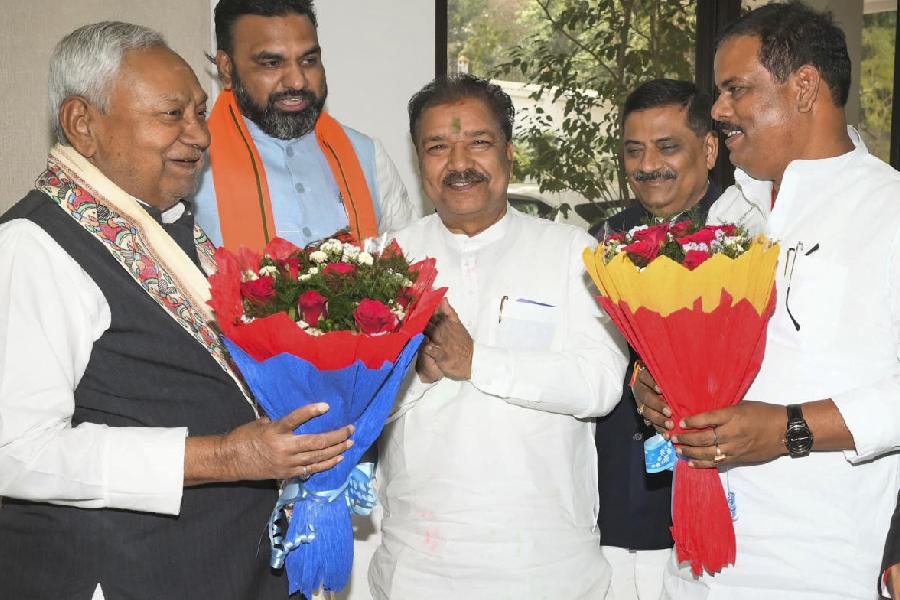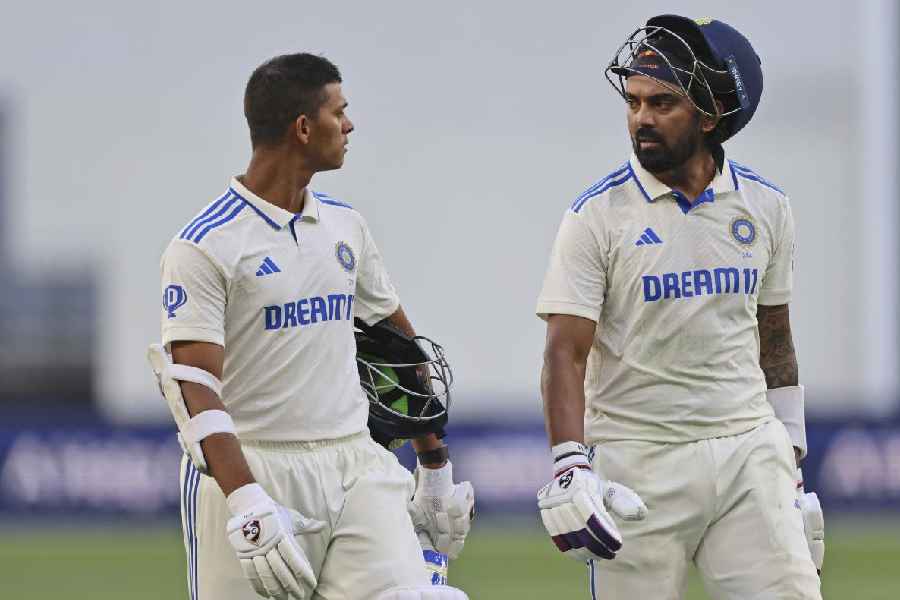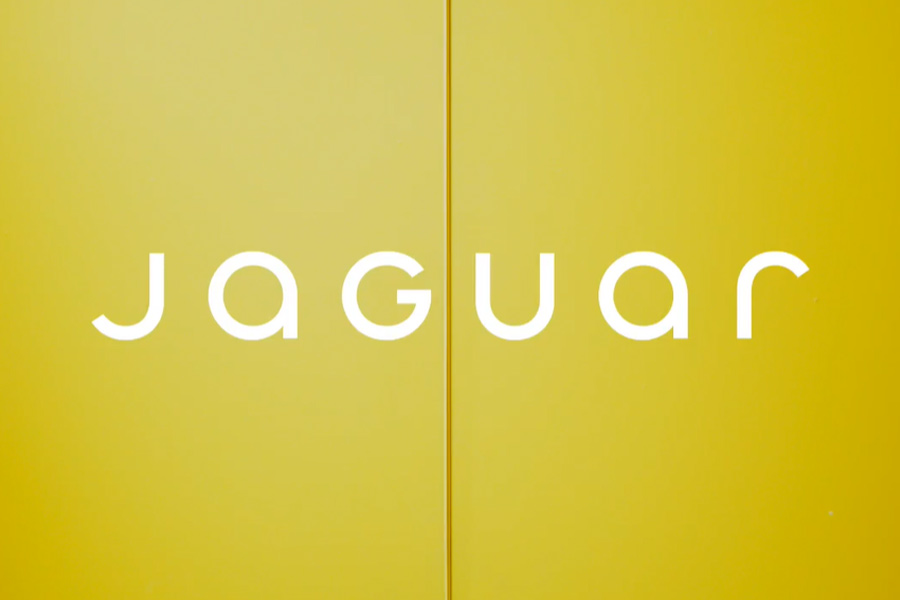
Metro Railway fares will go up by Rs 5 on most stretches from December 5, the first revision in six years.
Under the revised structure, the minimum and maximum fares have been kept unchanged but the distance slabs have been tweaked.
In the existing system, the minimum fare is Rs 5 for a ride up to 5km. Post-December 5, the minimum fare will remain Rs 5 but only up to 2km, said a Metro official.
The maximum fare — Rs 25 — will be applicable for a ride beyond 20km, instead of above 25km in the existing system.
The official said this was the first hike that saw a tweak in distance slabs with the minimum and maximum fares remaining unchanged.
The smart card rules remain unchanged, meaning passengers will continue to get a 10 per cent bonus on recharging their cards.
Of the 24 Metro stations, Noapara and Dum Dum, and Dum Dum and Belgachhia are the only consecutive stations that are more than 2km from each other. The distance between two consecutive stations on the rest of the stretch is less than 2km.
From December 5, travelling between Noapara and Dum Dum and between Dum Dum and Belgachhia will cost Rs 10.
Metro, which suffered a loss of Rs 350 crore in the last fiscal, remains the cheapest public transport in Calcutta. A bus ride in the city is more expensive than an underground commute in air-conditioned comfort. The minimum fare for non-AC buses is Rs 7, for a 4km ride.
The minimum and maximum fares of Delhi Metro are Rs 8 and Rs 60.
The last time Calcutta Metro fares were raised was on November 7, 2013, the first upward revision since 2001. The minimum fare, for a 5km journey, was raised to Rs 5, which amounted to a Re-1 hike. The maximum fare was raised from Rs 13 to Rs 25.
The Metro authorities have been trying for long to increase the fares but successive railway ministers have refrained from approving a hike, leaving Calcutta’s transport lifeline struggling to maintain its services.
Metro Railway earns over 70 per cent of its revenue from fares and spends around
Rs 2.48 for every rupee earned. The maximum expenditure is on power, an official said.
“Of the services we have been running, 67 per cent are with air-conditioned trains. From next month, 80 per cent of our trains will be air-conditioned. This will be possible following the inclusion of three more Medha rakes into the commercial fleet,” Metro spokesperson Indrani Banerjee said.
Multiple proposals to the Railway Board to consider revision of fares were rejected in the past. Sources in the railways said that even this time the board was against raising the minimum and maximum fares, prompting the authorities to tweak the distance slabs.
The sanction for the new fare structure came from the Railway Board on Tuesday.
Metro ferries close to seven lakh passengers every day. “Around 40 to 44 per cent of the passengers ride between 8 and 10km. Only 1.5 per cent go beyond 20km,” said a Metro official.
The utility had in January 2018 commissioned a study by IIM Calcutta on ways to increase its revenue. The report has suggested ways to increase non-fare revenue, that include setting up retail outlets, pharmacies and ATMs at stations.











